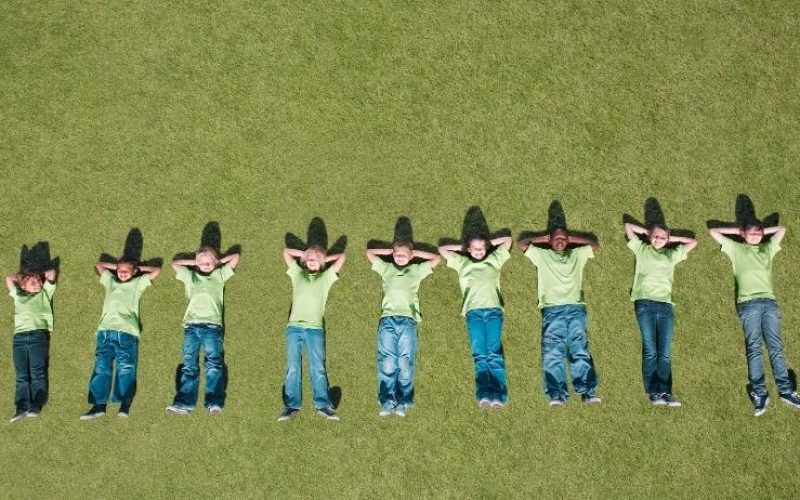
Have you met your colleagues in real life? Many people have started new roles in lockdown and are yet to meet their colleagues in real life. You may have met their partner, children and pets. You may have seen their washing hanging up, their unmade bed and the dirty plates stacked up in the background. But do you know how tall they are?
Earlier today on LinkedIn I saw a comment about a team getting together for the first time and how some people were taller and some were shorter than they had thought.
I love the conversations guessing how tall colleagues are and I confess I recently did an introduction warm up where the team had to line up in order of height.
I love these conversations because it highlights some great learning when it comes to innovation and creativity.
We all have preconceived ideas about other people and we all make assumptions about lots of things including height. In fact when it comes to people, research says that we make a snap judgement on someone within 1 second.
This isn’t good or bad. It’s just how we are. Our brains are fundamentally lazy and we like to make short cuts where we can. So we make quick judgements on pretty much anything new based on previous experiences. It can be very efficient.
Often our assumptions can be right ‘You’re exactly the height I thought you’d be’ and often our assumptions can be wrong ‘You’re much taller/shorter than I thought you’d be.’
Why am I talking about height assumptions?
Our brain makes short cuts in the form of assumptions which can be efficient. However, when it comes to creative thinking this short cut can inhibit our abilities because we want to revert back to what we know and our established patterns of thinking.
As the world of work changes, our ability to think creatively and solve problems will become even more important. Automation, robots and AI can do some of our more repetitive or predictable work, however the work that requires creative thinking, connecting different concepts, finding new more effective ways to achieve the end result is not something that automation, robots or AI can do as well as human beings…yet. Building your confidence for creativity and innovation has become a more important work skill than ever before.
To help us think creatively we need to override our assumptions, break our ‘usual’ patterns of thinking and approach the topic from a different perspective.
Unfortunately that’s why you can sometimes be subject to excruciating ice breakers.
We all make assumptions and that’s just how we work. If you want to think more creatively you need to break established patterns of thinking and approach the problem from a different perspective.
The first step is to ask yourself ‘What assumptions am I making about this?’
Write them down.
Then suppose that all your assumptions that you’ve written down were wrong – what would you think then?
Let me know how you get on and if you’d like to build your creative thinking skills for you and your team get in touch about my training courses in innovation and creativity at lucy@lucidity.org.uk.
PS I’m 5’4 tall.
